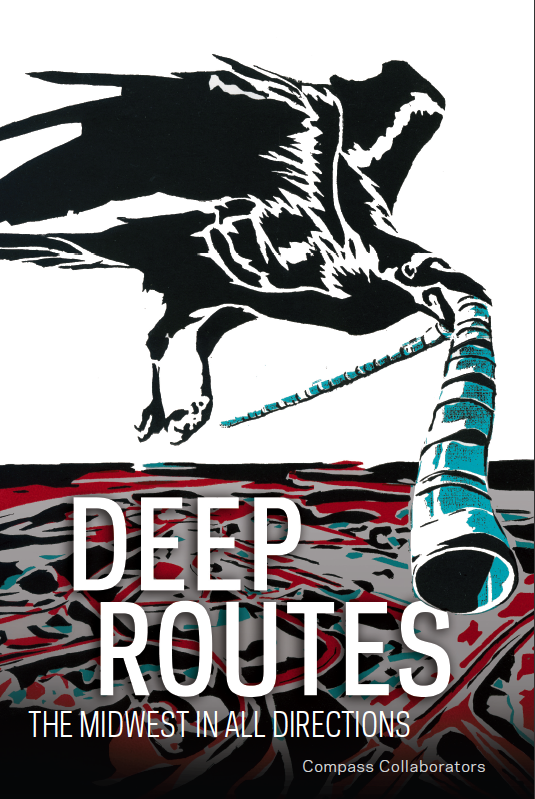
Considering MOCAD’s cultural context
By Rebecca Mazzei, Museum of Contemporary Art Detroit
One of the important facets of MOCAD’s work is to thoughtfully consider its cultural and physical context, and to provide the public with opportunities to do the same. What is the purpose of a contemporary art institution at this time and place? How does the Museum impact its neighbors? How does the neighborhood influence the Museum?
Two ongoing projects at the Museum dig into this terrain. The first is the new Commando Program, produced by the Department of Education and Public Engagement. Aptly named, this adventurous program invites artists to explore all that we assume is “standard procedure” in terms of the way institutions operate. What we mean here is that there are certain ways that most Museum’s function that we have come to recognize as normal — it’s inscribed in everything from the donor plaque on the wall to the gallery attendant sitting quietly in the corner to the security guard at the door, guarding guests from all that exists outside museum walls. The Commando Program considers the museum’ site and immediate environment as ripe areas for discovering new ways of working.
This fall, we begin with two guests, Chicago-based architect and urban designer Marshall Brown and the New York-based Compass group, both of whom will be researching the topic of neighborhood branding. They will take on MOCAD’s immediate environment, exploring the Cass Corridor/Midtown neighborhood as well as the recently rebranded Sugar Hill Arts District located within those bounds. The Chicago-based Brown specializes in scenario planning and is best known for his wild visions for the future: http://www.marshallbrownprojects.com/. The Compass Collaborators will bring several of its collaborators to Detroit as part of their Midwest Radical Culture Corridor project, which questions, challenges and records narratives about where we are: http://www.midwestradicalculturecorridor.net/
The second project is Mobile Homestead. As I write this blog, construction is underway on MOCAD grounds. After five years of conversation and planning, Mike Kelley’s Mobile Homestead, our first permanent outdoor art project, is in the process of being built on an empty lot just southeast of the museum. The Mobile Homestead is a full-scale replica of the childhood home of internationally acclaimed artist Mike Kelley, who grew up just outside the city in Westland, Michigan. Kelley considered this project to be a cross between “public and private architecture.” It features a basement and sub-basement, which represent the private side of the artist’s psyche. These areas are not meant for the public to access. They are quiet spaces for artist’s to reflect on and discover their creativity without the pressure of public exhibition or critique. The ground floor, on the other hand, is explicitly for community programming. It will be a space for the Museum’s curatorial staff, as well as interns and volunteers, to engage with the public in immediate, imaginative and meaningful ways.
The incredible piece of the puzzle is the front porch of the house, which detaches from the rest of the house and hitches to the cab of a semi-truck to travel around Detroit neighborhoods, in effect, bringing the Museum to its audience. While the construction is set to be complete in November, the international launch of the project is scheduled for May 2013, which represents Mobile Homestead’s first full season of programming. As the MOCAD’s Curator of Public Engagement, Jon Brumit, puts it: “Mobile Homestead exists in between institution and exile.”
As MOCAD launches into its next phase of growth, we are eager to establish the institution as a community anchor. More importantly, we’re really excited to have incredible, courageous artists leading that charge.
Recent Content
-
Artsarticle ·
-
Artsarticle ·
-
Artsarticle ·

